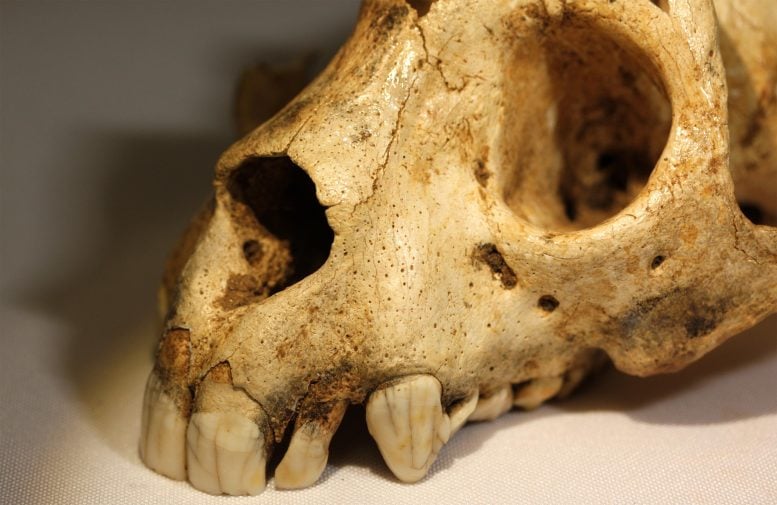
Archaeolemur skull showing a large and robust anterior dentition. Credit: Ian Towle
Fascinating clues to the evolution of humans have been revealed through the analysis of the teeth of extinct lemurs. This is according to the findings of a new study by the University of Otago in New Zealand.
Dr. Ian Towle, lead author of the study, says the “surprisingly large” monkey lemur, Archaeolemur, had novel anatomical features not seen in living lemurs, such as lacking a ‘tooth comb’ in the front of the mouth for grooming. Towle is in the Faculty of Dentistry of the Sir John Walsh Research Institute at the University of Otago.
“These extinct lemurs are so different to those alive today. They also show fascinating similarities to monkeys and apes, including humans,” he says.
The study, published on December 8 in the American Journal of Biological Anthropology, aimed to assess the diet of Archaeolemur by analyzing chipping in 447 teeth, comparing chipping frequencies to those of other primates.

Dr. Ian Towle. Credit: University of Otago
The results were surprising – with these remarkable extinct lemurs with dentitions resembling baboons in shape; but presenting tooth-chipping patterns similar to fossil hominins such as Neanderthals.
“Archaeolemur tooth chipping patterns are unlike any living primate, with their front teeth showing substantial fractures, often with numerous tooth chips on a single tooth, yet very little chipping on their back teeth.
“Similar tooth fracture patterns are observed in fossil hominins, such as Neanderthals. Typically, in Neanderthals these fracture patterns are thought to be related to tool-use behaviors,” Dr. Towle says.
The results fit with previous research on Archaeolemur, in particular, evidence that their large and robust front teeth may have been used to process a diet containing hard and tough foods.
Dr. Towle thinks the study raises the “fascinating possibility” that stone tools do not necessarily explain the high rate of fractures on Neanderthal teeth.
“Archaeolemur shows similar tooth chipping patterns, yet there is no evidence to suggest they were capable of, or used, such tools.
“Studying extinct primates not only provides crucial insight into their diet and behavior, but also elucidates our own evolutionary history.”
Given the overlap in skull and dental shape, and potential similarities in diet and behavior, it is perhaps not surprising that Archaeolemur was thought to be an ape when first discovered in Madagascar over 100 years ago.
“Archaeolemur is a brilliant example of convergent evolution, showing remarkable similarities to monkeys and apes. This species also highlights the extent to which lemurs in Madagascar diversified into a variety of ecological niches.”
Reference: “Tooth chipping patterns in Archaeolemur provide insight into diet and behavior” by Ian Towle, Paul J. Constantino, Matthew R. Borths and Carolina Loch, 8 December 2022, American Journal of Biological Anthropology.
DOI: 10.1002/ajpa.24674
Dr. Carolina Loch, also from Sir John Walsh Research Institute, and who mentored Dr. Towle during his tenure as postdoctoral fellow at the SJWRI, says the research is another great example of the “breadth and depth of multidisciplinary research” at the Faculty of Dentistry.



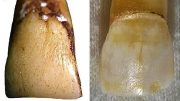
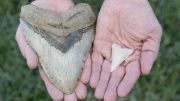

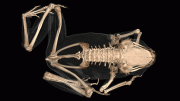
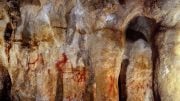
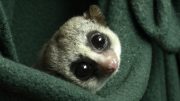
Be the first to comment on "Extinct “Monkey Lemur” Shows Surprising Similarities to Fossil Humans"